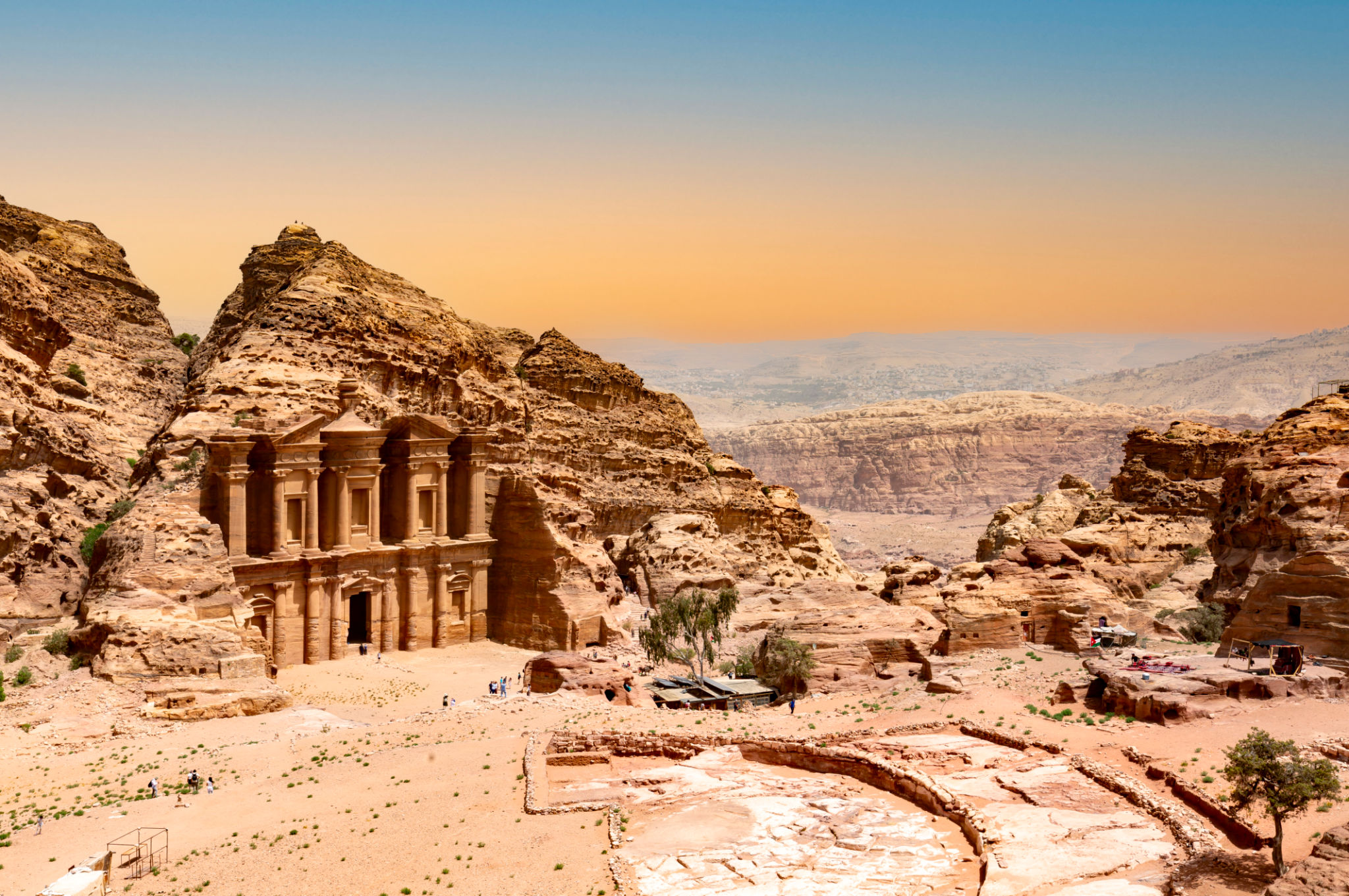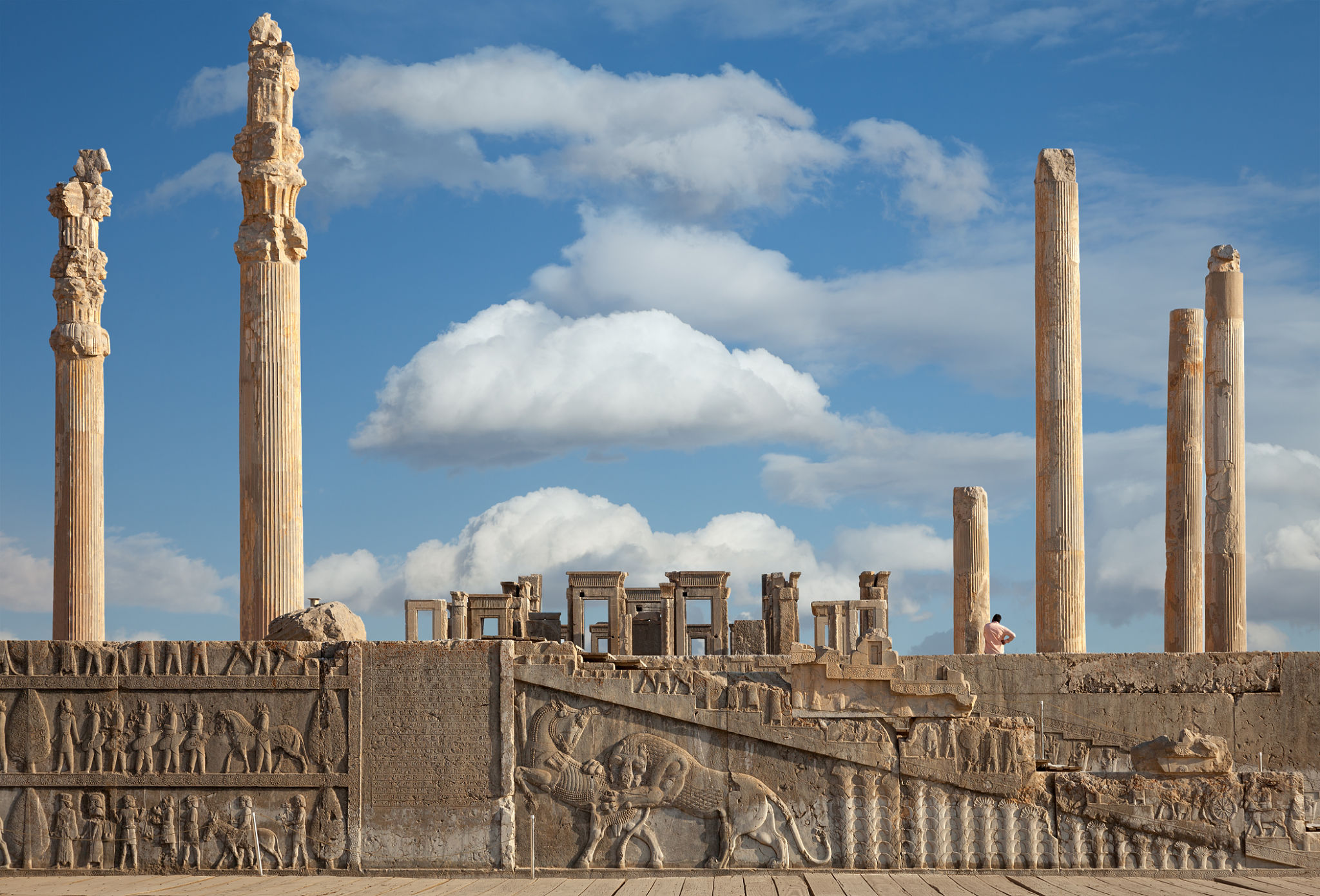Top 5 Must-Visit Historic Sites in the Middle East
Exploring the Rich History of the Middle East
The Middle East, often referred to as the cradle of civilization, is home to some of the world's most fascinating historic sites. With its rich tapestry of cultures and ancient civilizations, this region offers travelers a unique journey through time. From the ancient ruins of Petra to the iconic pyramids of Giza, these sites are a testament to the region's historical significance.
1. Petra, Jordan
Petra, also known as the "Rose City" due to the color of the stone from which it is carved, is a breathtaking archaeological site in southern Jordan. This ancient city, once the capital of the Nabataean Kingdom, is renowned for its rock-cut architecture and water conduit system. The most famous structure in Petra is the Treasury, or Al-Khazneh, which captivates visitors with its intricate facade.

2. Pyramids of Giza, Egypt
The Pyramids of Giza are perhaps the most iconic symbols of ancient Egypt. Located just outside Cairo, these pyramids were constructed as tombs for pharaohs and are a marvel of engineering and architectural prowess. The Great Pyramid of Giza, the largest of the three, is one of the Seven Wonders of the Ancient World and remains largely intact.
Visitors to the Pyramids can also explore the nearby Sphinx, a colossal limestone statue with the body of a lion and the head of a pharaoh. This site offers a glimpse into the grandeur and mystery of ancient Egyptian civilization.

3. Persepolis, Iran
Persepolis was once the ceremonial capital of the Achaemenid Empire and stands as a remarkable example of ancient Persian architecture. Founded by Darius I in 518 BCE, this UNESCO World Heritage Site features grandiose palaces, intricately carved stone reliefs, and towering columns that reflect the empire's glory.
The site offers insights into Persian culture and history, with numerous artifacts and inscriptions that tell stories of past empires. Visitors can walk among the ruins and imagine the splendor of Persepolis during its heyday.

4. Alhambra, Spain
Though technically located in Europe, Alhambra has deep historical roots in Islamic culture that tie it to the Middle East. Situated in Granada, Spain, this stunning palace and fortress complex was built during the mid-13th century by Nasrid emir Mohammed ben Al-Ahmar.
The Alhambra is renowned for its stunning Islamic architecture, detailed mosaics, and picturesque gardens. The site provides a window into the Moorish occupation of Spain and showcases the artistic achievements of Islamic culture.

5. The Ancient City of Palmyra, Syria
Palmyra, located in an oasis in the Syrian desert, was once a vital trading hub on the Silk Road. Known for its Greco-Roman architecture blended with Persian influences, this ancient city features impressive ruins that include temples, colonnaded streets, and a magnificent theater.
Despite recent threats to its preservation, Palmyra remains a symbol of cultural resilience and historical significance. The ruins offer a hauntingly beautiful reminder of the city’s past prosperity and importance.

The Middle East is a treasure trove of history waiting to be explored. Each site tells its own story, offering travelers a profound connection to ancient times. Whether you're an avid historian or simply curious about past civilizations, these must-visit historic sites provide an unforgettable journey through time.